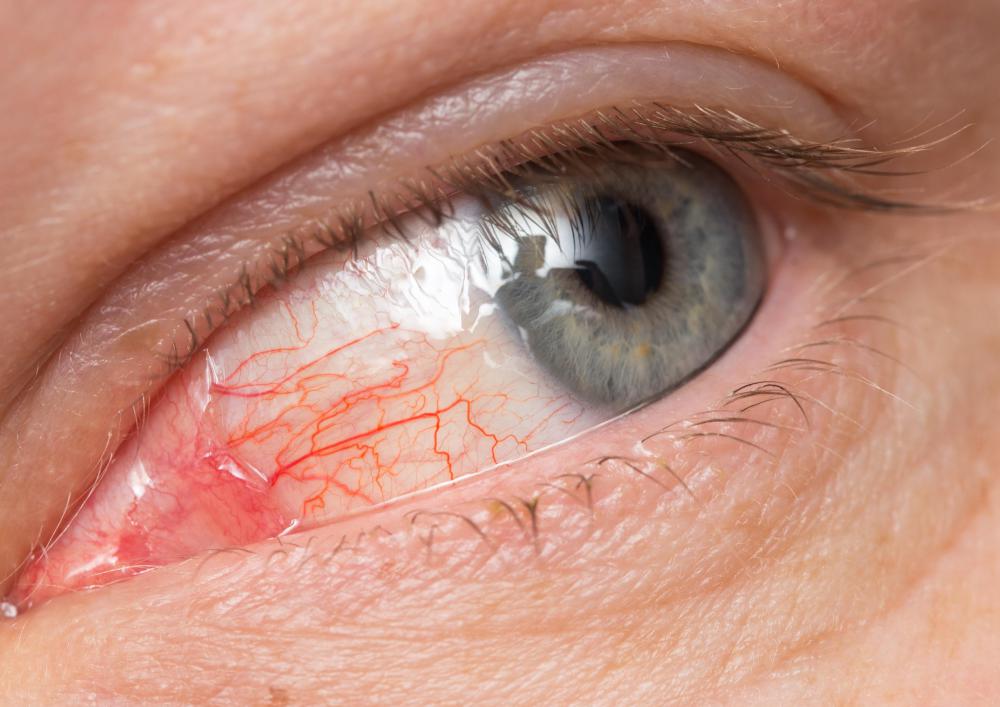At TheHealthBoard, we're committed to delivering accurate, trustworthy information. Our expert-authored content is rigorously fact-checked and sourced from credible authorities. Discover how we uphold the highest standards in providing you with reliable knowledge.
What Is Rhinosporidiosis?
Rhinosporidiosis is a relatively painless, chronic infection that most commonly affects individuals who are from or have spent time in southern India or Sri Lanka. The disease usually presents as a granulose growth, most often in the nasal cavity or the area around the eye. Surgical removal is the most common and successful treatment option.
Scientists and researchers believe that rhinosproidiosis is primarily caused by exposure to the Rhinosproidium seeberi parasite. This contact often occurs when individuals bathe in a stagnant water source that contains the parasite. Originally thought to be a fungus, Rhinosporidium seeberi is classified as an aquatic parasite in the Mesomycetozoea category. There are other organisms in this same class that are known to cause similar infections in fish and amphibians.

The vast majority of reported cases have occurred in the southern parts of India and Sri Lanka. Many cases have also been found in Africa and South America. Less often, other cases have been reported around the world, including instances in the southern United States and Asia.
Most of the time, rhinosporidiosis appears as an almost wart-like, bumpy growth inside the nose or the external area surrounding the eye. Some rare cases have been diagnosed in other parts of the body, such as the ear, rectum and genitals. In addition to the growth, other symptoms might include nosebleeds, nasal obstruction, runny nose, eye redness and eye tearing. A feeling of a foreign sensation in the eye and coughing are among the other possible symptoms. Secondary infections often occur in the affected areas because of the rhinosporidiosis infection.

Rhinosporidiosis is a long-term infection. The condition is often present for many years or even decades. Although pain is not commonly associated with rhinosporidiosis, sometimes the infection will lead to secondary infections that can be painful. Rarely, this infection has led to death, but morbidity associated with this disease usually is caused by another infection, not rhinosporidiosis itself.

As of 2011, there was not a standardized treatment for this disease. Few studies had been performed to develop or discover a cure or treatment because researchers had little success with the parasite in the lab. The most common treatment option for rhinosporidiosis is surgery.
Typically, surgeons will perform a surgical excision, or removal, of the growth. Instances of recurrence tend to be higher when only a basic, local excision is performed. More often, doctors and patients choose a wide excision procedure with electrocoagulation of the lesion base. The wide excision removes the entire growth, and then electrocoagulation is used to kill the surrounding tissue. These types of procedures have seen the best results for removing the growth, with minimal instances of recurrence.
AS FEATURED ON:
AS FEATURED ON:















Discuss this Article
Post your comments